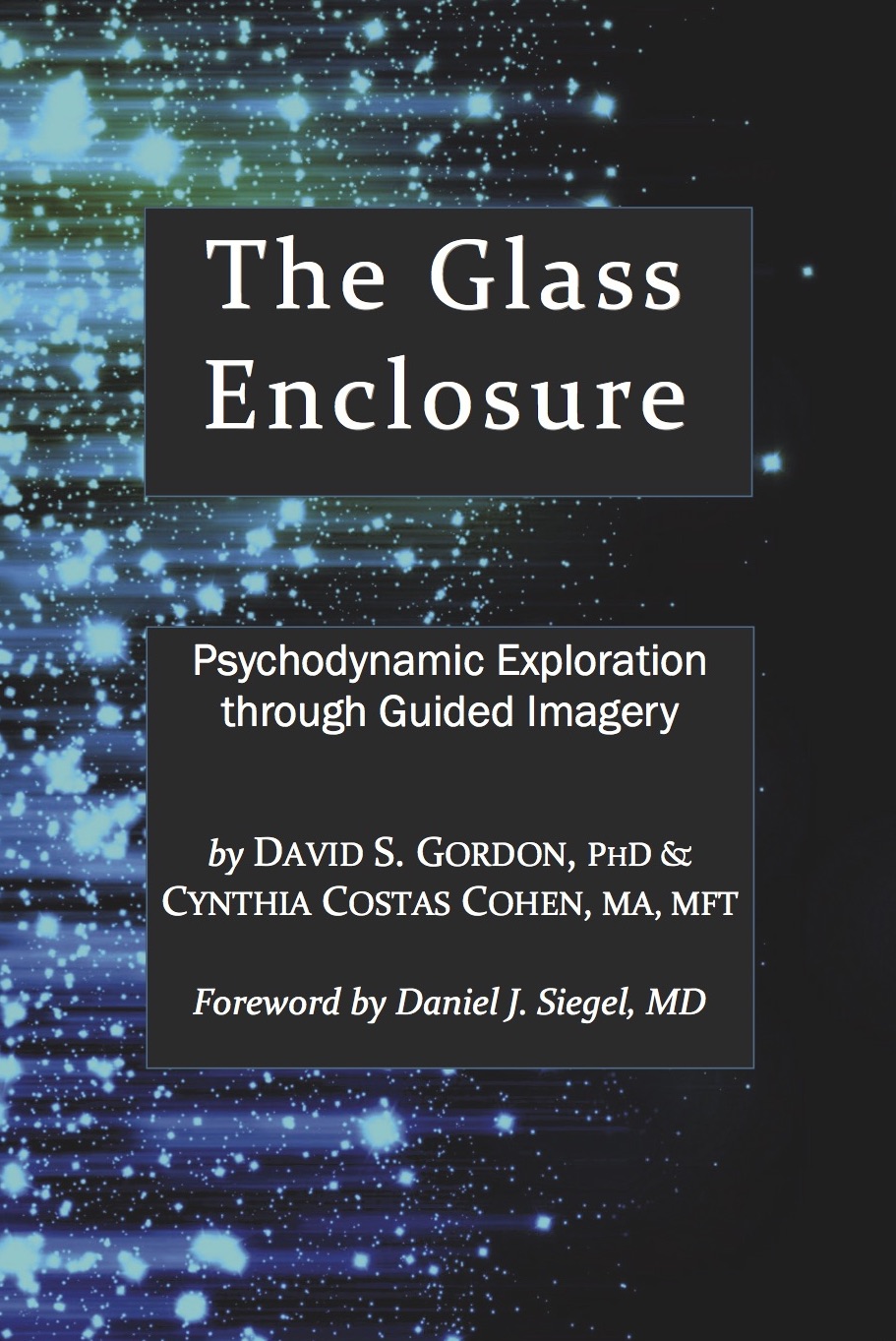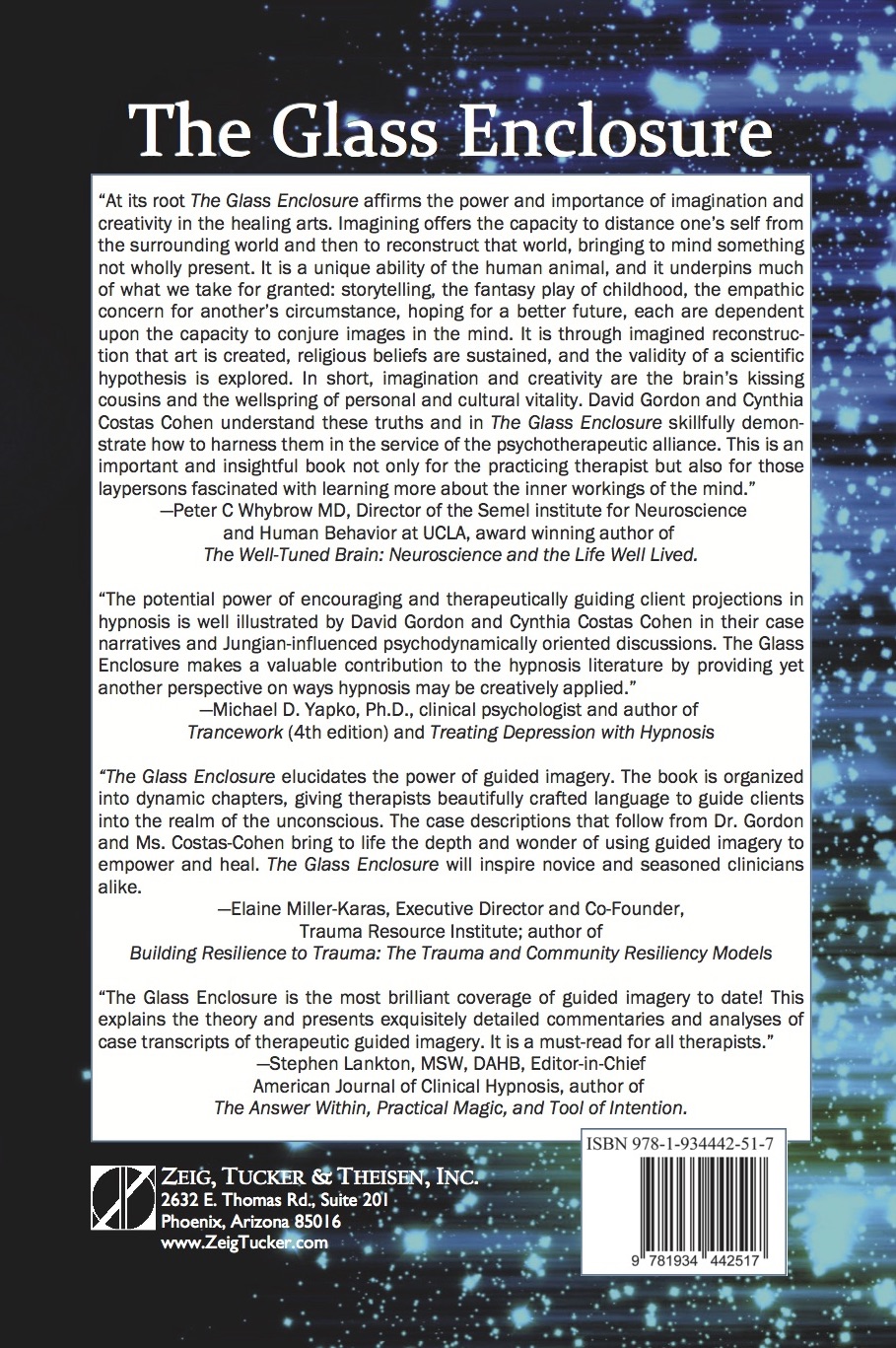“This is a book filled with wonder and wisdom. What you will find in this practical guide are the steps to learn a form of guided imagery that has enlightened the lives of UCLA faculty and trainees for years—and a clinical practice that is a powerful tool that will supplement any psychotherapy approach. David and Cynthia have brilliantly assembled the verbatim transcripts of their supervision discussions and the verbatim transcripts of each of their individual therapy sessions that utilize the many specific guided images that Marielle curated over the years.
But what exactly is guided imagery? And why would this semiguided daydreaming be such a powerful way to both illuminate and transform the mind? In my own personal use of guided imagery, I have discovered and healed many inner aspects of my own mental life that had been unknown to me, unclear, or unresolved. And for the people I see in clinical practice, using guided imagery, either in the specifically designated forms presented here, or in a more general and open-ended approach building on the important principles of imagery, has enabled me to empower these individuals to explore their inner lives with more depth and focus, and then to track and transform this inner world in unique and healing ways—created by the individuals themselves.”
From the Introduction:
When I was in my early 20s, I toyed with the idea of pursuing a career as a jazz musician. The excitement of using rhythm, voice, and textured harmonics in a collaborative experience of focused listening and creative improvisation fostered an altered state of deep joy for me. The idea of facilitating that state in others seemed like a wonderful and fulfilling purpose. I had no real idea of what hypnosis was at that point in my life. However, looking back, I realize that while my career path took a different direction, clinical hypnosis has been a vehicle for me to pursue many of my musical passions. At its best, hypnosis can be a powerful form of creative expression, utilizing all aspects of the therapeutic relationship to improvise in the moment, weaving metaphor, memory, and motivation, cadence and cohesion, play and purpose, breathing and balance, and time and timelessness toward a wide range of therapeutic goals.
In this book…we emphasize more open-ended, exploratory, psychodynamically oriented techniques that have applications to a broad range of emotional difficulties. These techniques also maximize artistic and creative potential. Many of the techniques included begin with providing a minimal structure, allowing the hypnotist and client to start off in the same direction, listen, tune in to each other, dialogue along the way, and end up somewhere close to where they began. Moreover, these techniques are characterized by a more dynamic and complex interplay among the participants than techniques in directive cognitive-behavioral therapy, trusting intuitive and unconscious processes to create, improvise, and foster a multisensory richness of affect, cognition, and imagery that leads to constructive change, greater harmony, and well-being—much like good jazz!
The role of the therapist facilitating these “waking dreams” is to serve as a catalyst for the journey, providing safety, and shining light on different symbols that emerge and interactions. Rather than the therapist serving as a director of his or her own vision, as typically is the case in guided imagery, the hypnotherapist becomes a facilitator of the patient’s creative experience, thus eliminating or at least minimizing the therapist’s contaminating projections and promoting the patient’s own vision.


